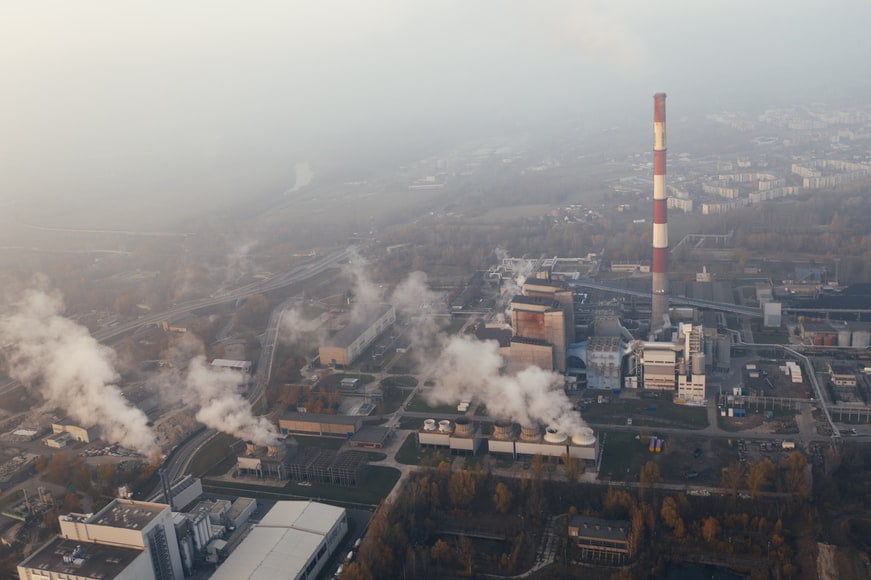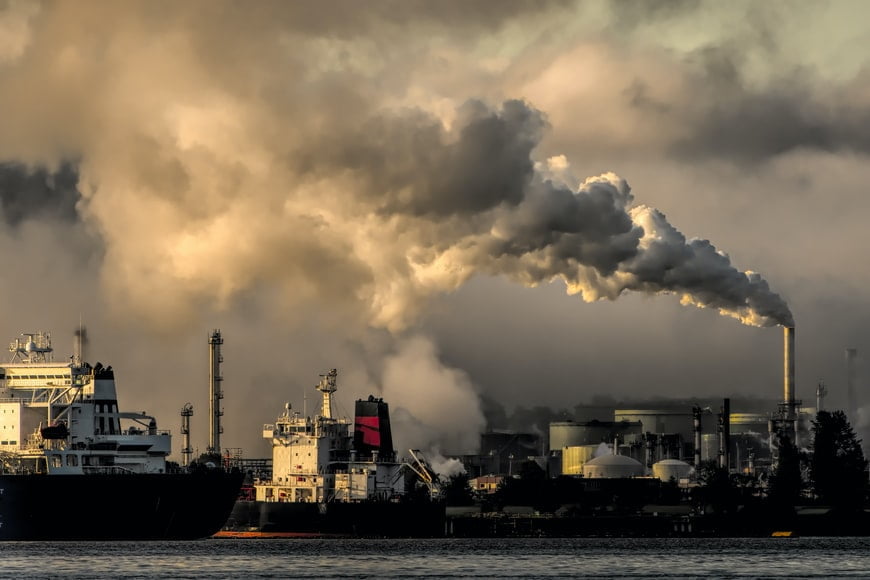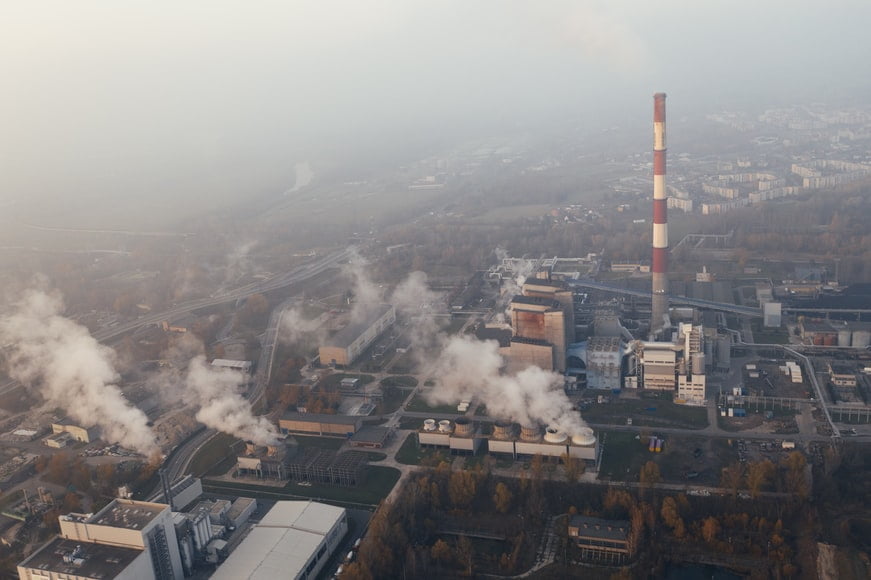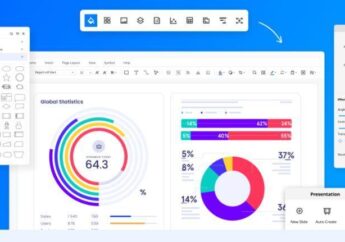The Effect Of The CO2 Crisis On The Commodities Market And The Consumer
by Sumona Business Published on: 15 November 2021 Last Updated on: 16 November 2021

In autumn 2021, the UK experienced a shortage in the supply of carbon dioxide (CO2). As a result, due to rising costs of natural gases, the plants manufacturing CO2 ceased production. This, in turn, had a knock-on effect on the commodities market and industries that use this particular grade of gas.
With many industries affected by the supply crisis, how did the market react? And what implications were felt by the consumer?
Read on to find out more.
What Is CO2 And How It Is Used?

CO2 is a colorless and odorless gas and is naturally produced when we breathe or when something decomposes.
It’s also a by-product of the production of fertilizer by agricultural industries. In Britain, the primary source of the gas comes from the American-owned firm CF Industries, with one of its largest plants located in Billingham, northeast England.
After extraction and purification, this by-product is then used in various industries and used in the beverage commodities market.
- In beverages such as beer and soft drinks — mainly to make things fizzy
- To dispense drinks and beers in pubs
- To keep food fresh within the packaging process — prolongs the life of the product inside by preventing bacteria
- To keep food fresh in transport, such as in the form of dry ice
- To humanely stun animals, such as pigs and chickens, before slaughter.
The gas is purified to a required standard and then sold to consumers in various industries. CO2 is sold through a mixture of contracts and spot sales.
The CO2 Crisis
The key catalyst for the lack of CO2 commodities market supply was the rise in the price of wholesale gas. As a result, the main plants in the UK operated by CF Industries were forced to shut. This reduced the vital source of the gas for many other sectors in Britain — a cut of 60% of the total food-grade CO2 supply.
To combat this shortage, the Department of Business, Energy and Industrial Strategy (BEIS) reached an agreement with the CO2 industry to ensure supplies of the gases to businesses in other sectors.
This involved three weeks’ worth of funding from the government to CF Fertilisers to allow the company to continue operating and supplying CO2. Business Secretary Kwasi Kwarteng also temporarily exempted parts of the CO2 commodities market from competition law to facilitate this agreement.
How Did It Affect The Consumer?

As part of the agreement presented by the government, customers of CF Fertilisers agreed to pay a set price for CO2 — a price that has been fixed until January 2022. It’s believed that this price is five times higher than normal, rising from £200 per tonne to £1,000. This ensures that production and supply can be maintained.
There was concern that a rise in the commodities market price would have an impact on the industries that need and use CO2, especially the food and drink industry. However, it has been reassured that there will not be a significant impact on the prices felt by the average consumer when it comes to purchasing food.
Food prices may increase in the coming months, but this is due to a number of other factors, such as the fluctuation in oil prices or the shortage of labor. The CO2 crisis, therefore, seems insignificant in comparison.
How Did It Affect The Market?
Online trading platform Plus500 defines commodities as:
“Commercial products that appear naturally in the ground or are agriculturally cultivated.”
This can include livestock such as hogs and cattle. During the crisis, farmers warned that more than 100,000 pigs would have to be culled if slaughterhouses could not process animals. The resolution from the UK government to sustain the supply of CO2 will supposedly prevent this from happening.
For those trading in the commodities market, the imbalance between supply and demand is a crucial price driver. This is enhanced by uncertainty in the industry.
Conclusion:
An essential part of a commodity trading strategy is to recognize the risk. Therefore, managing this risk is vital. Those using an online trading platform can employ risk management tools, such as a Stop Limit and Stop Loss.
Of course, it’s also essential to research and understand the factors that can impact the movement of the commodities market.
Read Also:







































































































